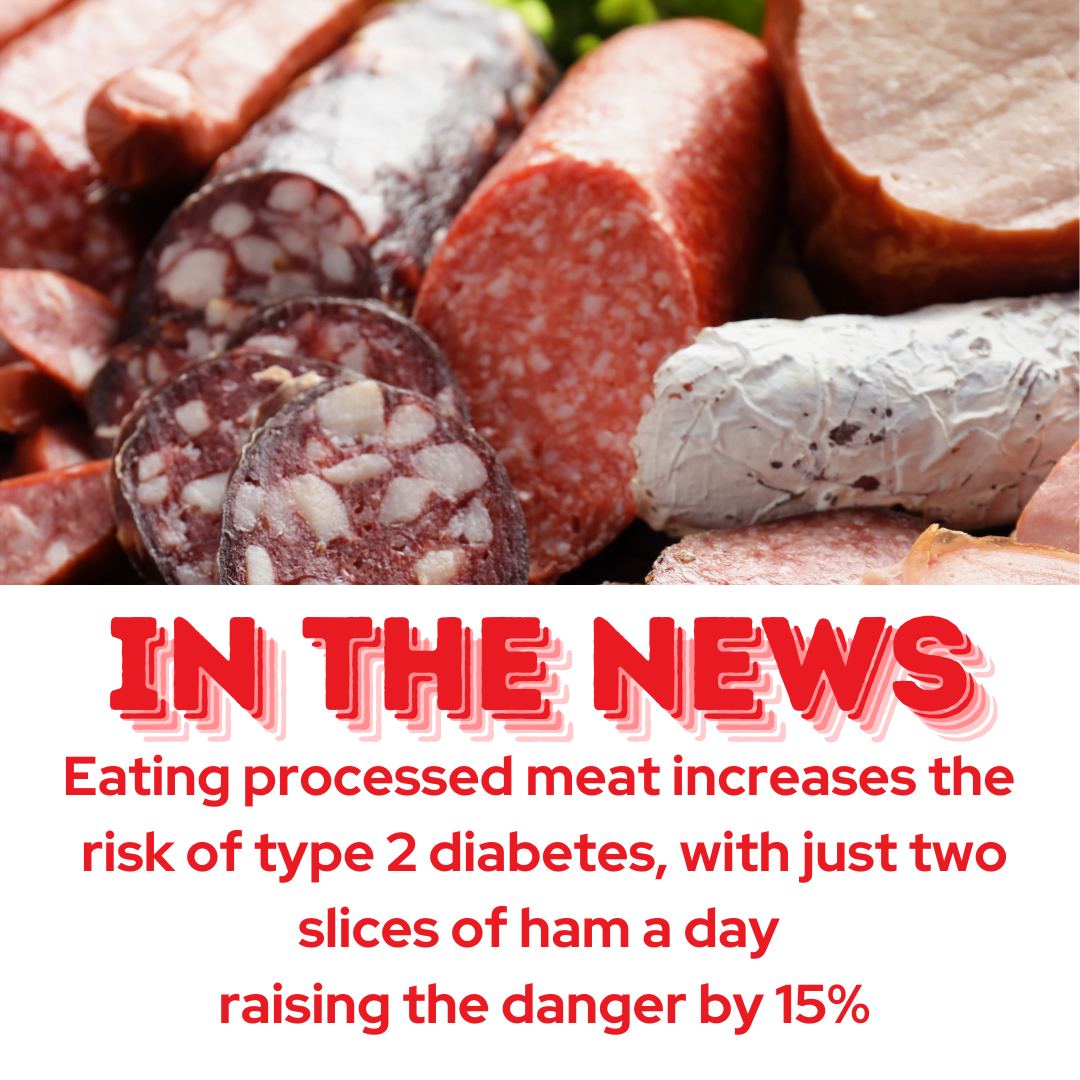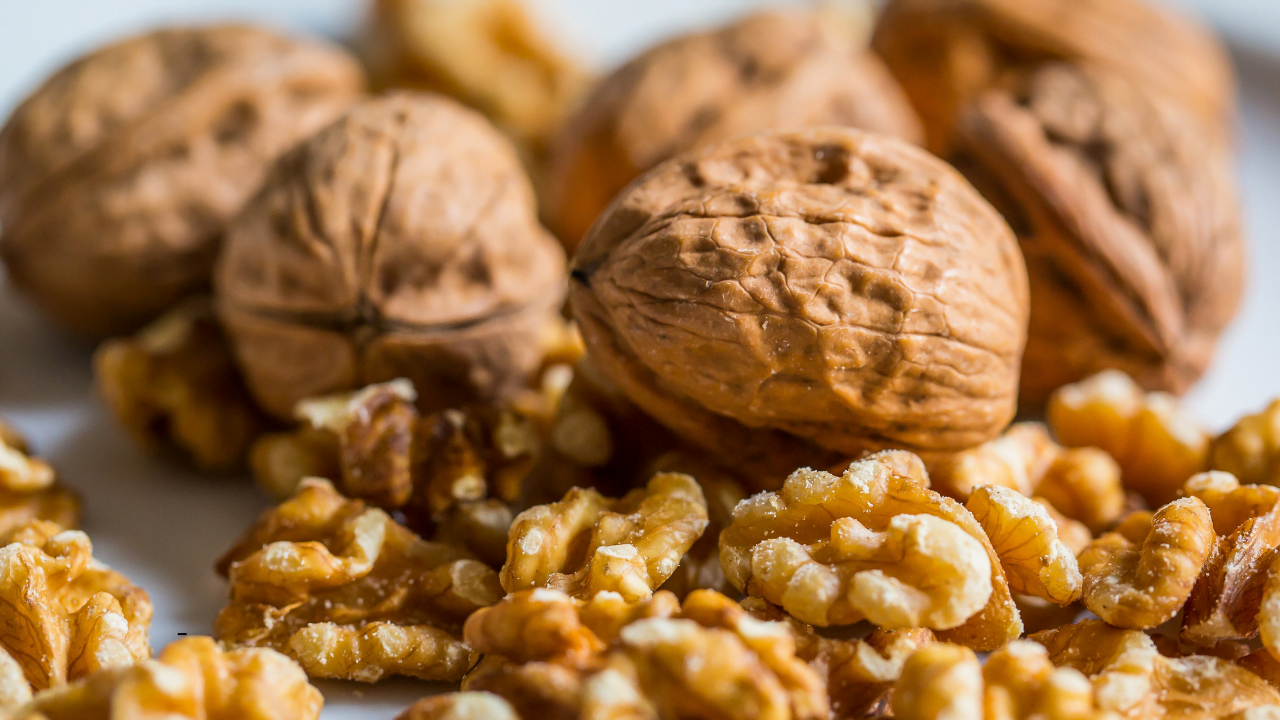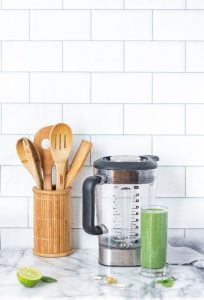Meet Olivia: Her Journey Through the 8-Week Gut Transformation Programme
Let’s talk about Olivia—one incredible woman who’s currently going through my 8-week gut transformation programme. Here’s the thing though: Olivia is four months in and still going strong, which is completely normal and absolutely okay! This programme is self-paced, meaning everyone’s journey is unique, and it’s all about progress, not perfection. No one’s on a timer here.
For Olivia, it’s been a game-changer. She’s 8kg lighter, but more importantly, she feels healthier than ever.
Olivia’s Story: More Than Just Weight Loss
Olivia, like many women in their 40s and 50s, is navigating the rollercoaster that is peri-menopause. Along with that, she’s on HRT (Hormone Replacement Therapy), which has been helpful for many aspects of her health. However, despite the HRT, she was still battling some frustrating symptoms:
- Belly bloat that just wouldn’t quit
- Poor quality of sleep (those 3 a.m. wake-ups are no fun)
- And a fair share of anxiety and mood swings
That’s when she decided to give my Gut Transformation Programme a go. Fast-forward four months, and Olivia’s results are amazing—she feels nourished, not deprived, and is well on her way to a healthier, happier version of herself.
It’s Not a Race—It’s a Journey!
Here’s the beautiful thing about this programme: it’s designed to be self-paced. Olivia’s journey is a perfect example of why that flexibility matters. Some people might breeze through the programme in eight weeks, while others, like Olivia, take more time—and that’s completely okay! The goal is steady, lasting progress, not a quick fix. After all, real transformation takes time.
How The Programme Works (And Why It’s So Life-Changing!)
This isn’t just a standard gut health programme; it’s a whole new approach to supporting your body through peri-menopause and beyond. The programme provides a toolkit for better digestion, energy, and sleep, with the flexibility to fit your life and your schedule.
Here’s what you’ll get when you dive in:
- Recipes your whole family will love (goodbye boring meals!)
- A sense of community—you’re not alone in this!
- Expert guidance on gut health, from someone who’s been through it herself
- Weekly videos full of digestible (pun intended!) info on how to support your gut
- Shopping lists and meal plans to take the stress out of planning
- Step-by-step guides for everything from detoxing to lifestyle adjustments
Olivia loves that she can take things at her own pace. Some weeks, she dives into the videos and implements new changes, while other weeks, she revisits old lessons to really cement those healthier habits. It’s all about flexibility—there’s no one-size-fits-all here.
The Key to Gut Health Success? Patience and Self-Love
For women going through peri-menopause, there are unique challenges when it comes to gut health. Hormonal shifts can wreak havoc on digestion, sleep, and mood, but the right support makes all the difference. Olivia’s experiencing this firsthand. While her HRT helps balance hormones, the programme is addressing her gut health, reducing her bloat, and calming her anxiety.
Gut healing isn’t just about a temporary diet—this is about making lasting, sustainable changes. That’s why this programme focuses on long-term health benefits, teaching habits and practices that extend well beyond the initial eight weeks.
Why You Should Check Out the Programme for Yourself?
So, if you’re in Olivia’s shoes—struggling with belly bloat, fatigue, mood swings, or just not feeling your best—this programme could be exactly what you need. Whether you’re dealing with the ups and downs of peri-menopause, on HRT, or just seeking better overall health, this self-paced journey gives you the tools to feel your best at your own speed.
And the best part? You’re never alone. There’s a community of women just like you, supporting one another through every step. Plus, with expert guidance and easy-to-follow steps, you’ll have everything you need to kickstart your journey to better gut health.
Ready to Start Your Own Transformation?
Just like Olivia, you don’t have to rush this. Your health is worth taking the time. So, why not give it a go and see what amazing changes you can make? Head over to learn more about the programme, and take that first step towards a healthier gut, better sleep, and more energy.
Because if Olivia can do it, so can you!









